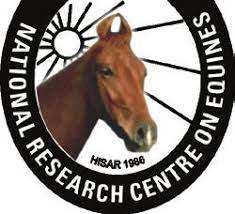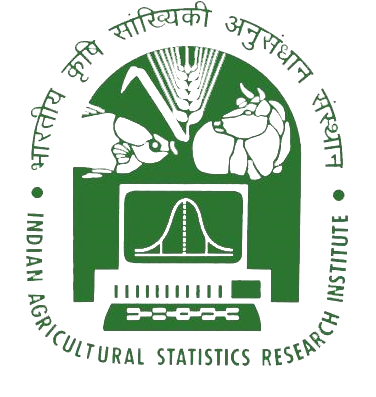One of the first animals to be domesticated, the horse (Equus ferus caballus), has served a variety of functions in human society, including food, transportation, draught and agricultural labour, sport, hunting, and warfare. Due to India's intricate configuration of various terrains and climatic circumstances, there are various species of the family Equidae utilised for a variety of uses. Based on their regional localization, the National Commission on Agriculture has identified six distinct horse breeds in India (Kathiawari, Marwari, Manipuri, Zanskari, Bhutia and Spiti). These horse breeds differ from one another not only in terms of agro-climatic adaptation but also in terms of certain performance traits. In the last 400 years, formal breed registries have been established, and breed specialisation has progressed, with a greater emphasis on maintaining and enhancing qualities related to appearance and performance. As a result, the majority of horse breeds today are closed populations with high levels of genetic and phenotypic homogeneity within breeds but significant variance between breeds. With the help of genetic markers, breed-specific genomic variation may now be discovered, along with genomic linkages and pedigrees. To enable precise early selection of horses for coat colour, health, and performance attributes, genetic markers (such as single nucleotide polymorphisms; SNPs; and copy number variations; CNVs) provide an additional source of information that might be included in the breeding evaluation. The term "copy number variation" (CNV) refers to a molecular phenomena where different individuals of the same species have different numbers of repetitive genomic sequences. CNV is defined as a DNA segment of one kilobase (kb) or more that, when compared to a reference genome, is present at a variable copy number( Redon et al.,2006).'EqCNVDb' contains total 883 CNVs with 180 CNV Regions(CNVRs).These CNVRs are associated with 434 genes.



